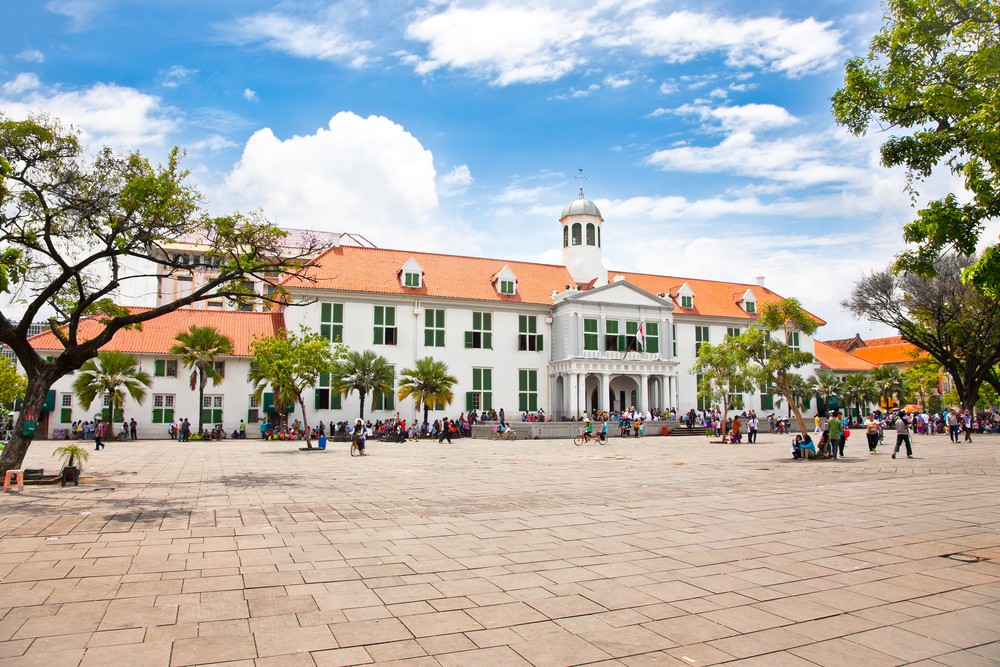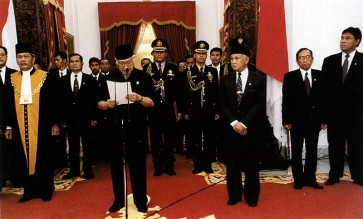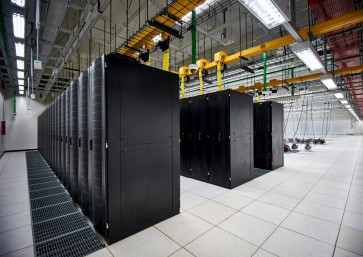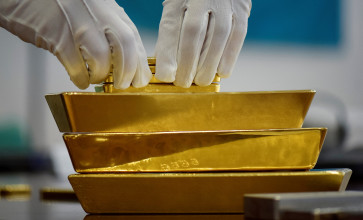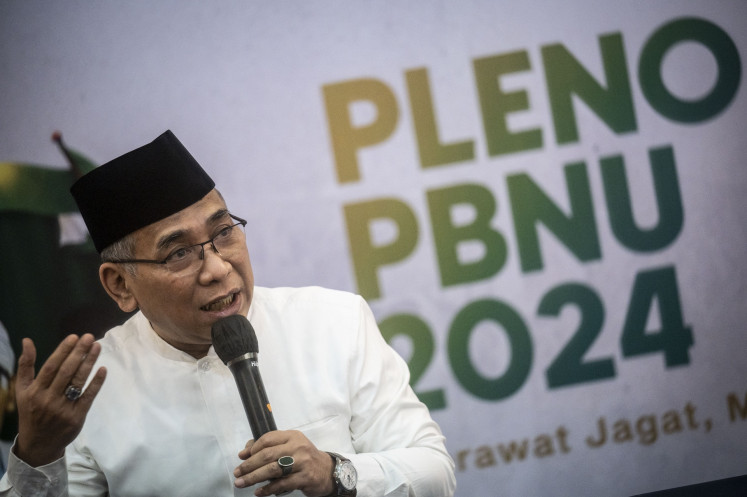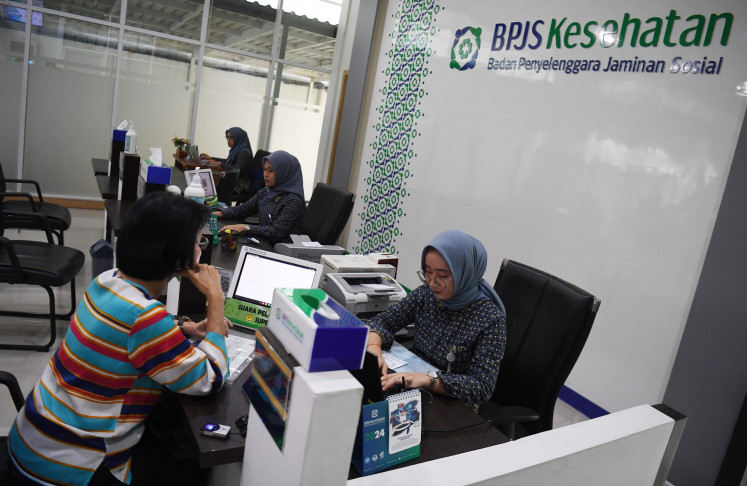Popular Reads
Top Results
Can't find what you're looking for?
View all search resultsPopular Reads
Top Results
Can't find what you're looking for?
View all search resultsFive historical locations to learn about Jakarta's ancient past
Jakarta's long history traces back to even before the country's independence, before it turned into the modern city that it is today.
Change text size
Gift Premium Articles
to Anyone
I
ndonesia's capital city of Jakarta is set to celebrate its 491st anniversary on June 22. Its long history began even before the country's independence, where before turning into the modern city that it is today, the area was once the administrative center of the Dutch East Indies.
To celebrate the anniversary, you may want to take a glimpse into the city's past and learn about Jakarta by taking a tour of the following five locations, as compiled by kompas.com.
1. Kota Tua, West Jakarta
Jakarta was previously named Batavia under Dutch colonial rule, where the city temporarily served as the capital of the Dutch East Indies and was centered in Kota Tua, which translates to Old Town.
Several of the old buildings still stand today and remain in use in the area, which has been transformed into a historical center complete with museums and other tourist attractions.
The historical complex includes the old office of the Dutch East Indies Company (VOC) governor general, which now serves as the Jakarta History Museum; the Old Dutch Church, which is now the Wayang (Shadow Puppet) Museum; Jembatan Merah (Red Bridge); Syahbandar Tower and the VOC spice warehouse, which has been turned into a maritime museum, as well as the Sunda Kelapa Port.
Formerly an administrative center, the Old Town area was surrounded by a fort. However, an outbreak from 1835 to 1870 eventually made the Dutch East Indies move its capital to the Weltevreden region, which today is Central Jakarta.
Read also: Jakpost guide to Kota Tua
2. Weltevreden, Central Jakarta
Modern day Weltevreden refers to almost the entire area Central Jakarta, including the National Monument (Monas), Tanah Abang, Gambir and Lapangan Banteng.
Despite its name change from Weltevreden, the same area today still serves as the administrative center. The State Palace, the President's official residence and office, is also located in Central Jakarta.
Some important buildings still stand in its original architecture or in similar design, such as the Jakarta Art Building, Raden Saleh House, the Eijkman Institute and the National Awakening Museum, which was previously used for the School tot Opleiding voor Indische Artsen (STOVIA), a medical school for Indonesians during the Dutch colonial period, which opened in 1920.
3. Jatinegara, East Jakarta
The Jatinegara area was once called Mester Cornelis during the Dutch Indies era. In the past, there was the Dutch Fortress Mester Cornelis, which served to oversee access to Buitenzorg (Bogor).
The area is home to historical buildings such as Jatinegara Station, Koinonia Church, the former headquarters of the 0505 East Jakarta Military District Command (Kodim), Jatinegara Old Market, a Chinese-style house, a temple, as well as the Jatinegara SMP 14 junior high school.
Read also: Jakpost guide to Jatinegara
4. Kampung Tugu, North Jakarta
Kampung Tugu sits in the Koja subdistrict in North Jakarta. The area refers to the history that stems from 300 years ago, when the country was still under Dutch rule. A community called the Mardijkers, who were Portuguese descendants, were sent by the Dutch as slaves to Batavia, present day Jakarta.
Their migration to the capital began in 1641, when the Dutch took over Malacca from the Portuguese, who had previously occupied the area since 1511. In 1653, the Mardijkers were eventually set free.
They were told to abandon their Portugese traditions, convert to Protestantism from Catholicism and adapt Dutch-sounding names. The community was given a stretch of land located 10 kilometers east of Old Batavia.
Until now, the community in Kampung Tugu still preserves some historical aspects, such as the Tugu Church building and the community's signature music of kerontjong (Portuguese-tinged pop).
5. Blok M, South Jakarta
Compared to the four aforementioned locations, Blok M is a relatively newer area. It was first prepared by the Dutch East Indies as a new settlement area called Kebayoran Ilir, which stretched from Blok A to S, with Centrale Stichting Wederopbouw (CSW) overseeing the development of the area.
Blok M became a popular area among the youth in Jakarta during the 1980s and 1990s. (liz/wng)

